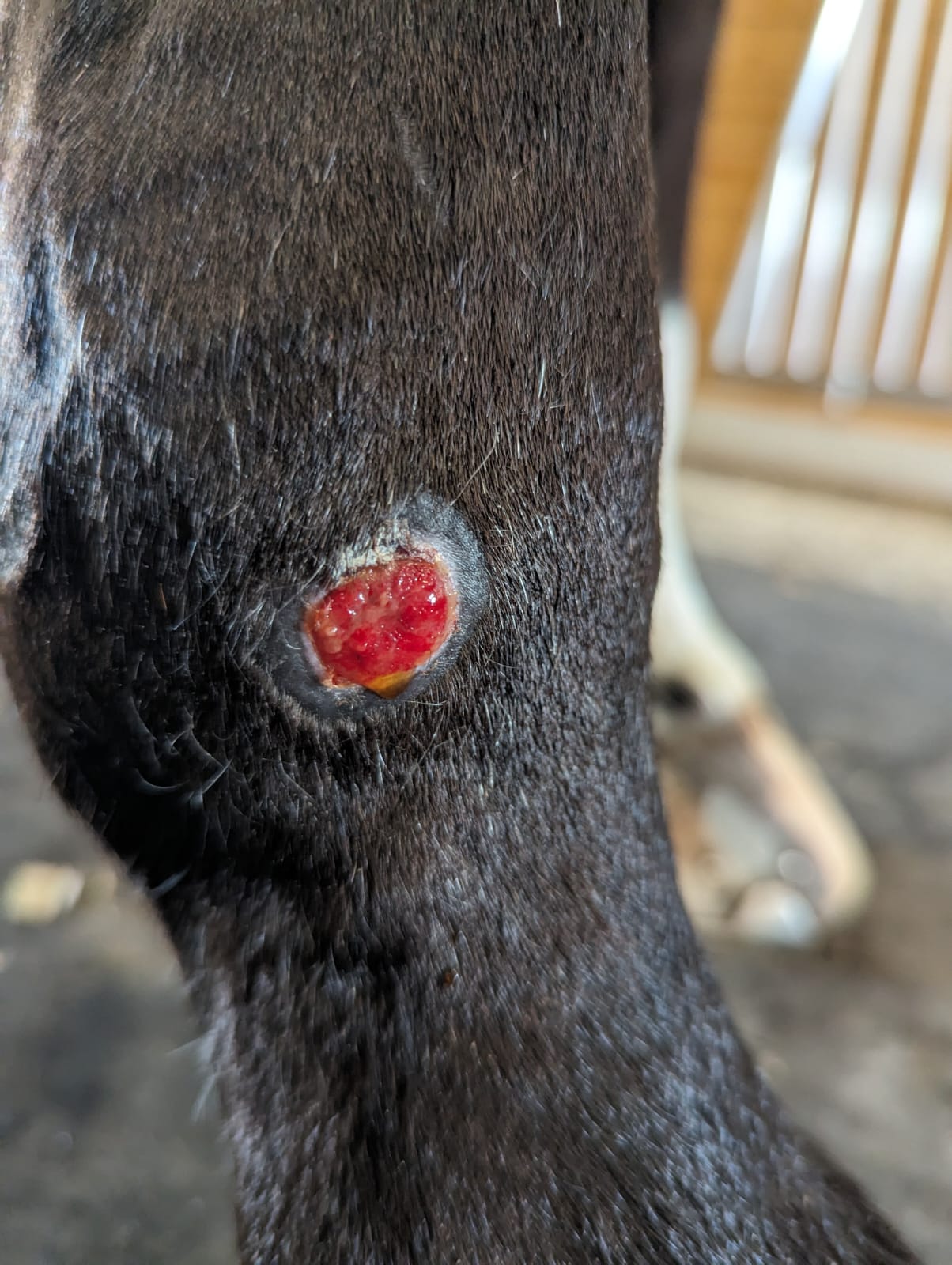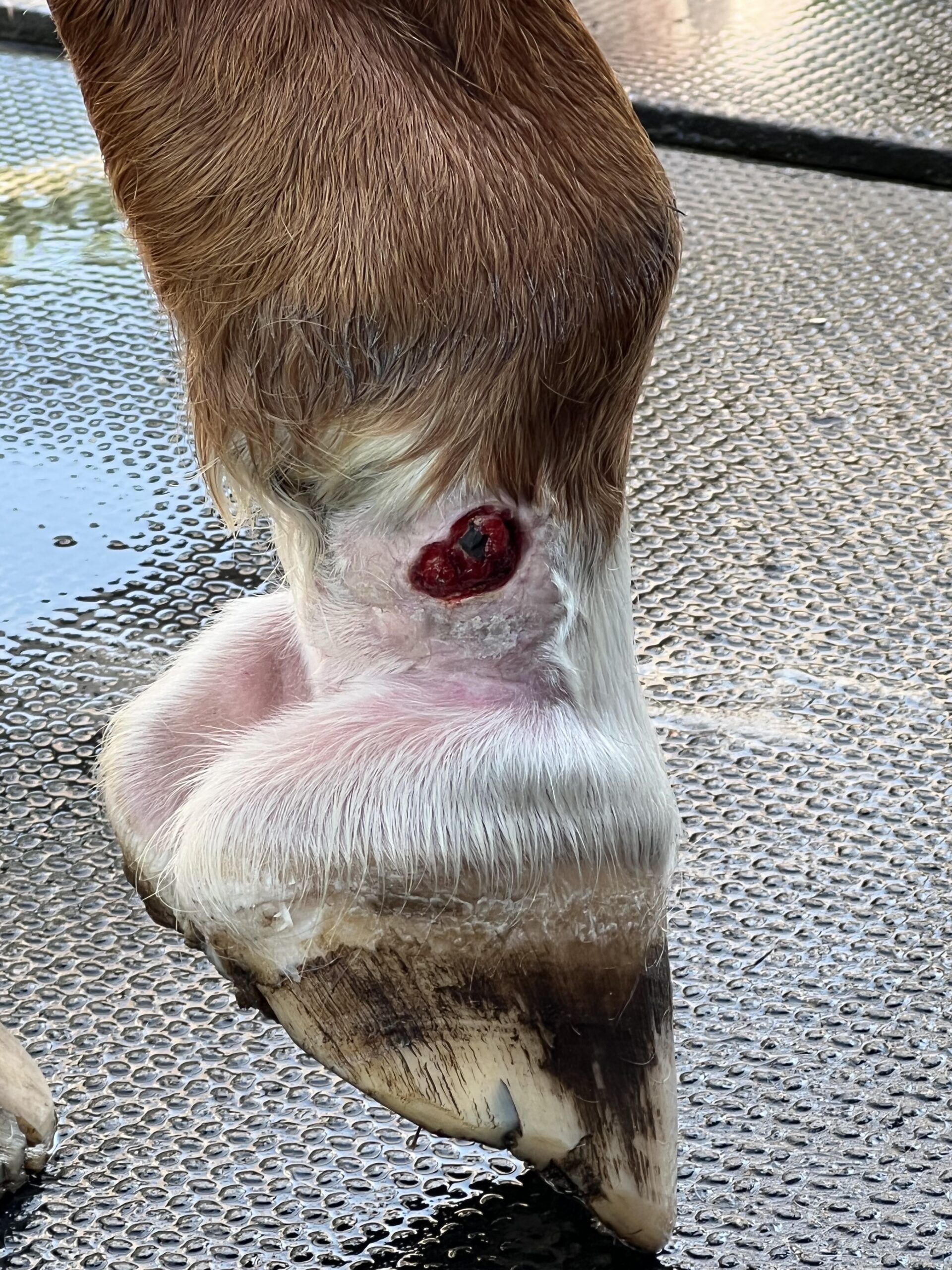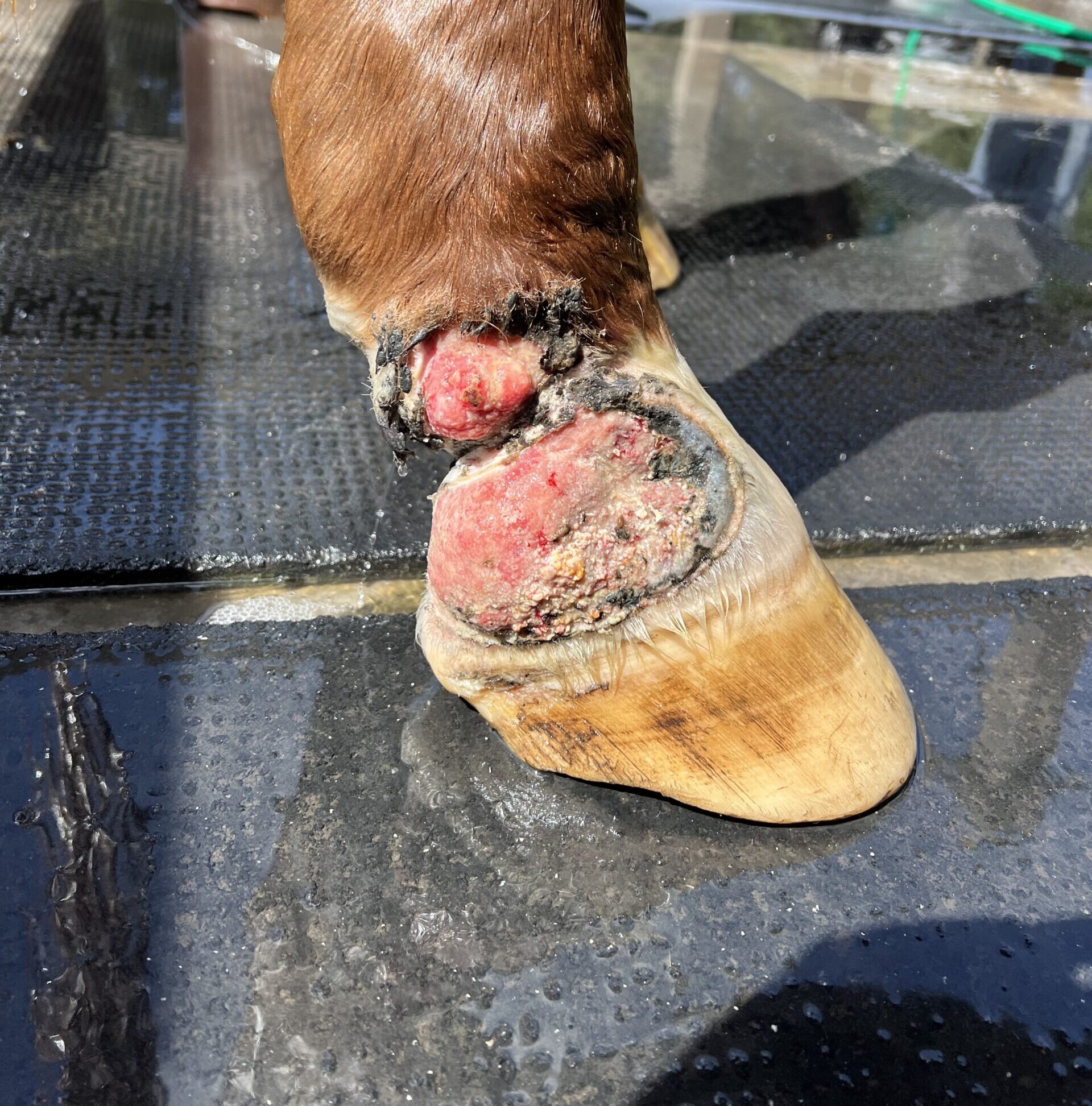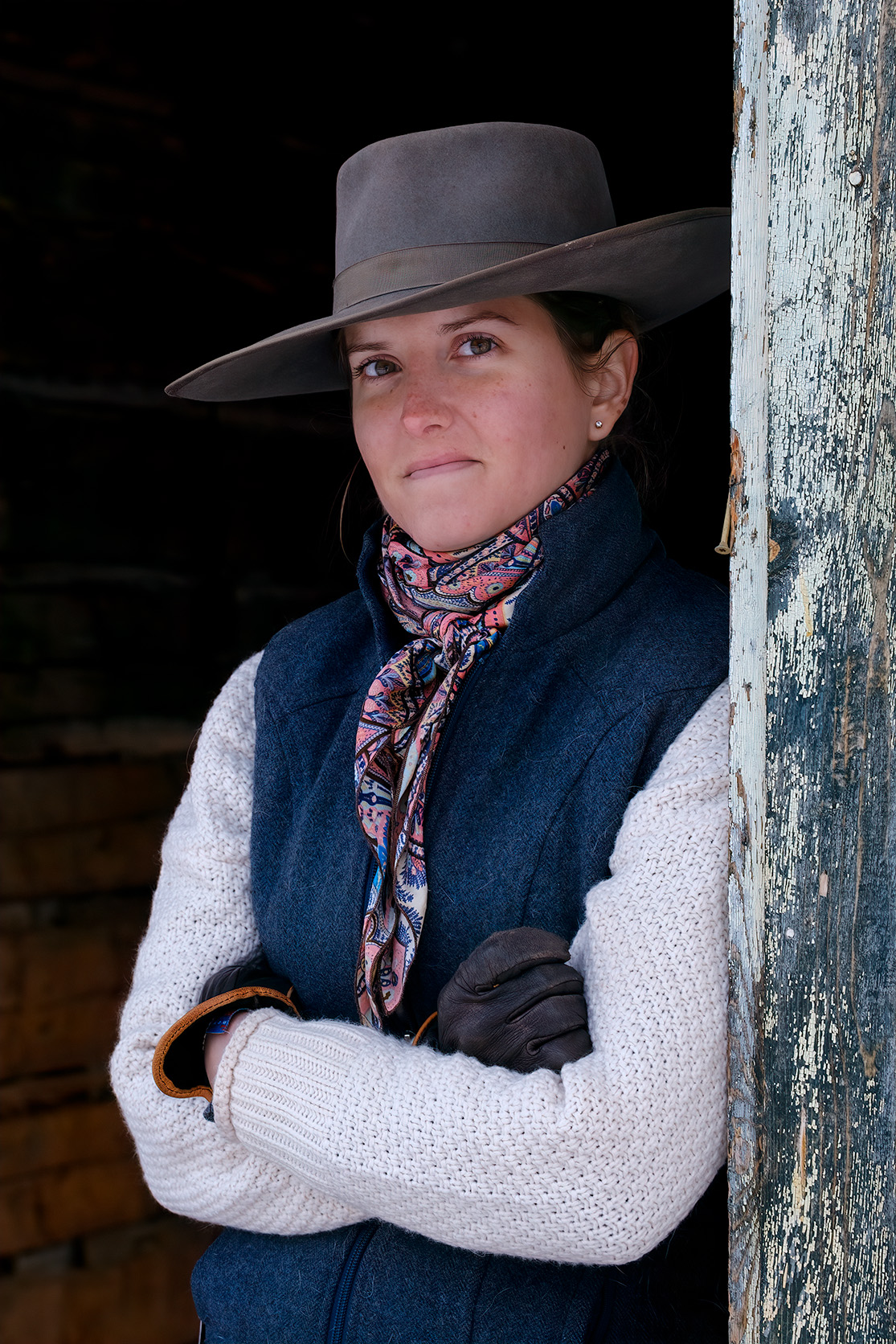If you’re a seasoned Winter Equestrian Festival groom or live in the U.S., you’re probably already familiar with summer sores. However, if you’re traveling to Wellington, Florida, for the first time, this tropical equestrian heaven has a nasty resident: Habronema.
These unfortunate neighbors can leave monster sores on your horse–in very unfortunate places–if not caught. Read to learn what Habronema is, why it is so prevalent and how you can prevent your horses from suffering the consequences of its existence.



Summer sores can look like proud flesh, but they won’t scab over. In worst case scenarios, summer sores appear on the sheath and penis of a male horse, as pictured in the center.
What’s a Habronema?
Now, Habronema are simply stomach worms. They spend their lives in the horse’s GI tract and lay eggs in the horse’s manure, hatch, and larvae are picked up by flies, which bring the larvae to the horse’s mouth where they are ingested. However, in tropical climates, the horses are dealing with more than just stable flies, and these other flies often feed elsewhere on the horse such as damaged skin or moist areas like the sheath. When the Habronema larvae are deposited on damaged skin or warm, moist places, they burrow into the horse’s flesh, forming a sore that doesn’t heal. A summer sore.

What to know more on how you can protect your horse from Habronema?
Join our HorseGrooms Community (for free!) to read the article in full. All you have to do is set up a profile, and you’ll gain exclusive access to special resources, opportunities, courses, and more. View Laura Elser’s exclusive article here.
Hey there! A New England native, I’ve been hopping around the country since 2012, always doing something horse-related (only 4 more states to go!). A 2016 University of Findlay grad, turned vet tech, turned cowgirl, and back to vet tech. In between college years, I interned with professional western riders across the country, and learned the ins and outs of being a groom (or a saddler as they call it). After graduation, I tried my hand at assisting the veterinarians on farm calls, and quickly became addicted to Florida weather during the winters. I did take a 3-year hiatus to go be a cowgirl out in the Bighorn Mountains of Wyoming, but now I’m back in Wellington enjoying my 5th WEF circuit.


